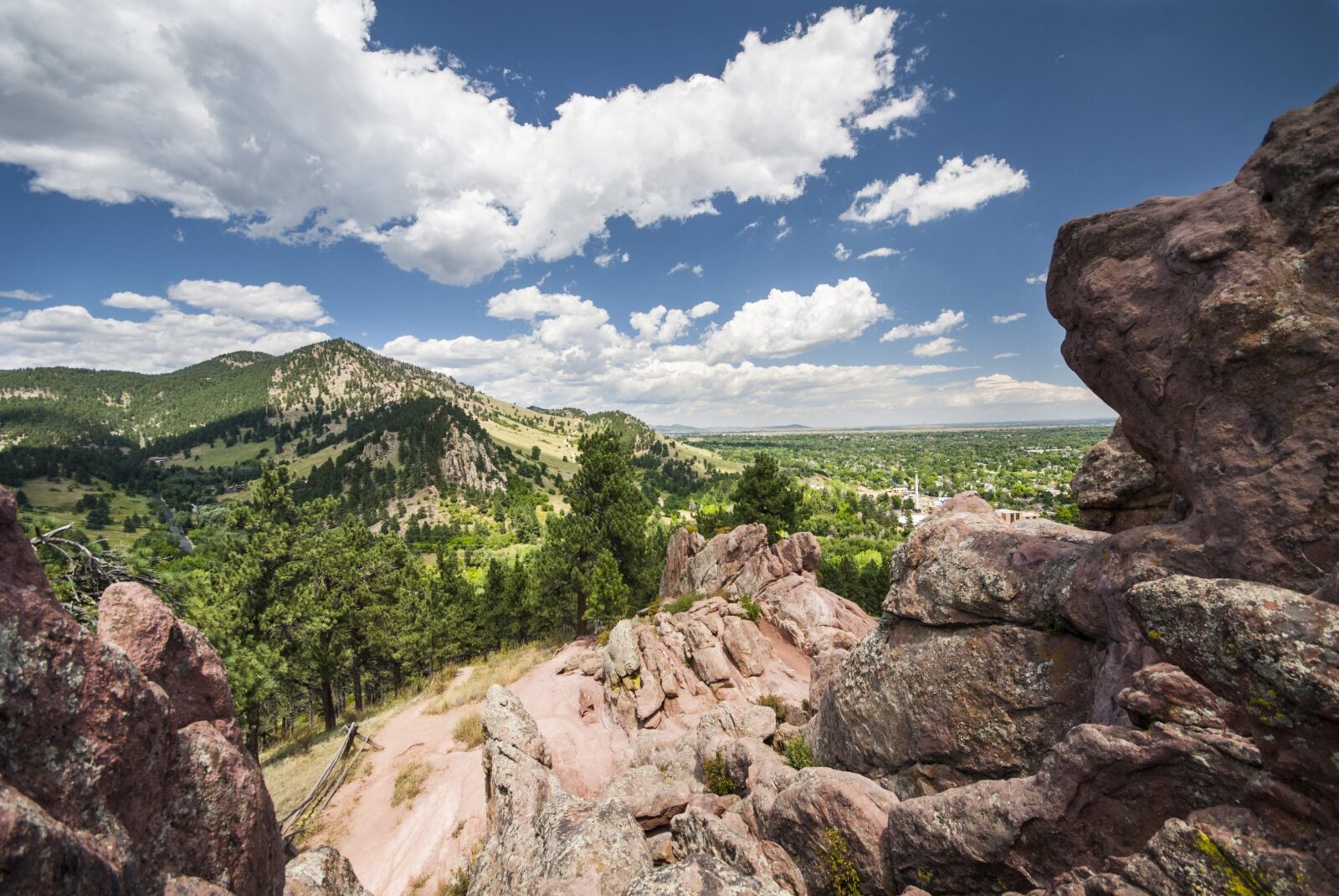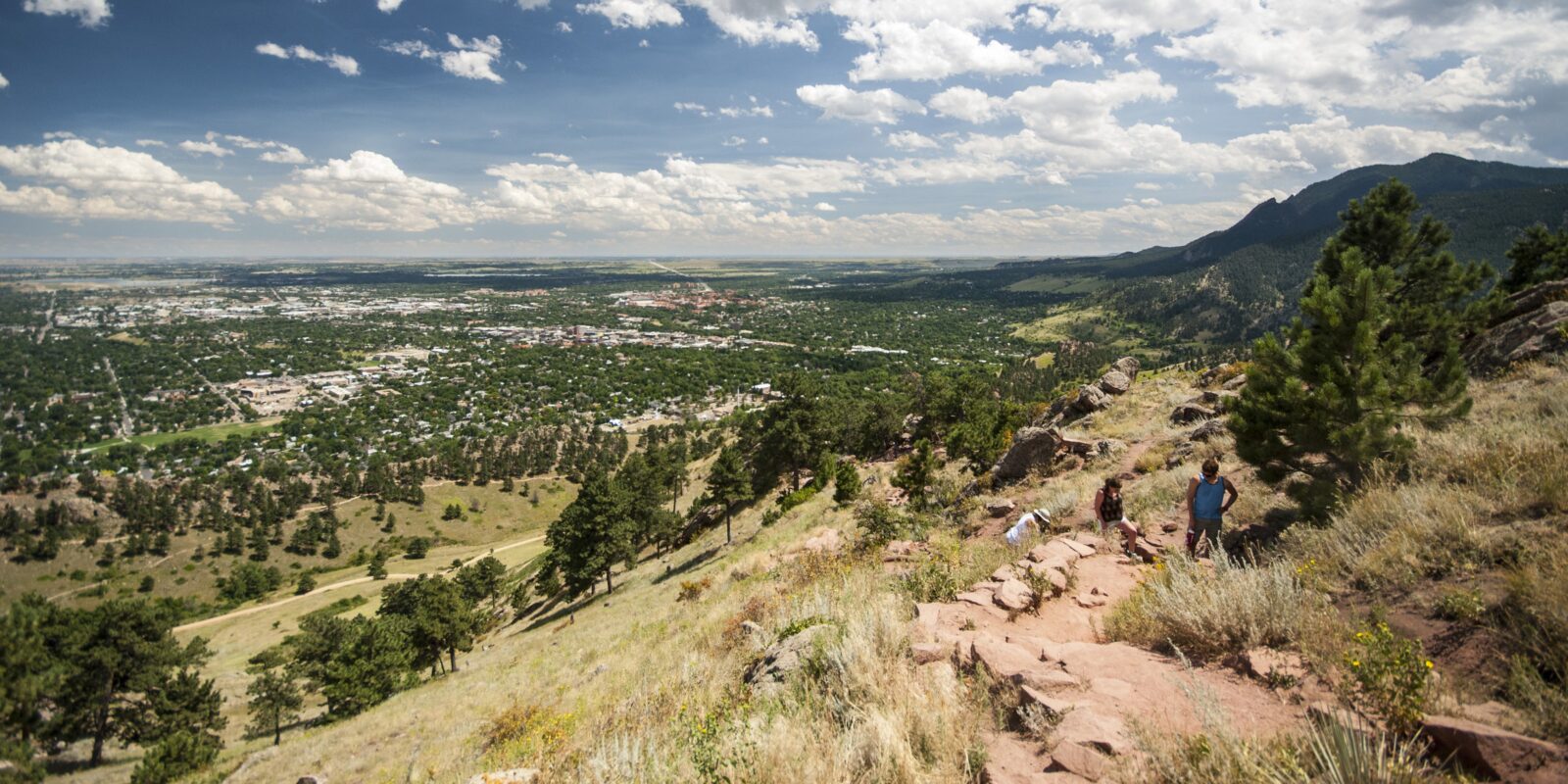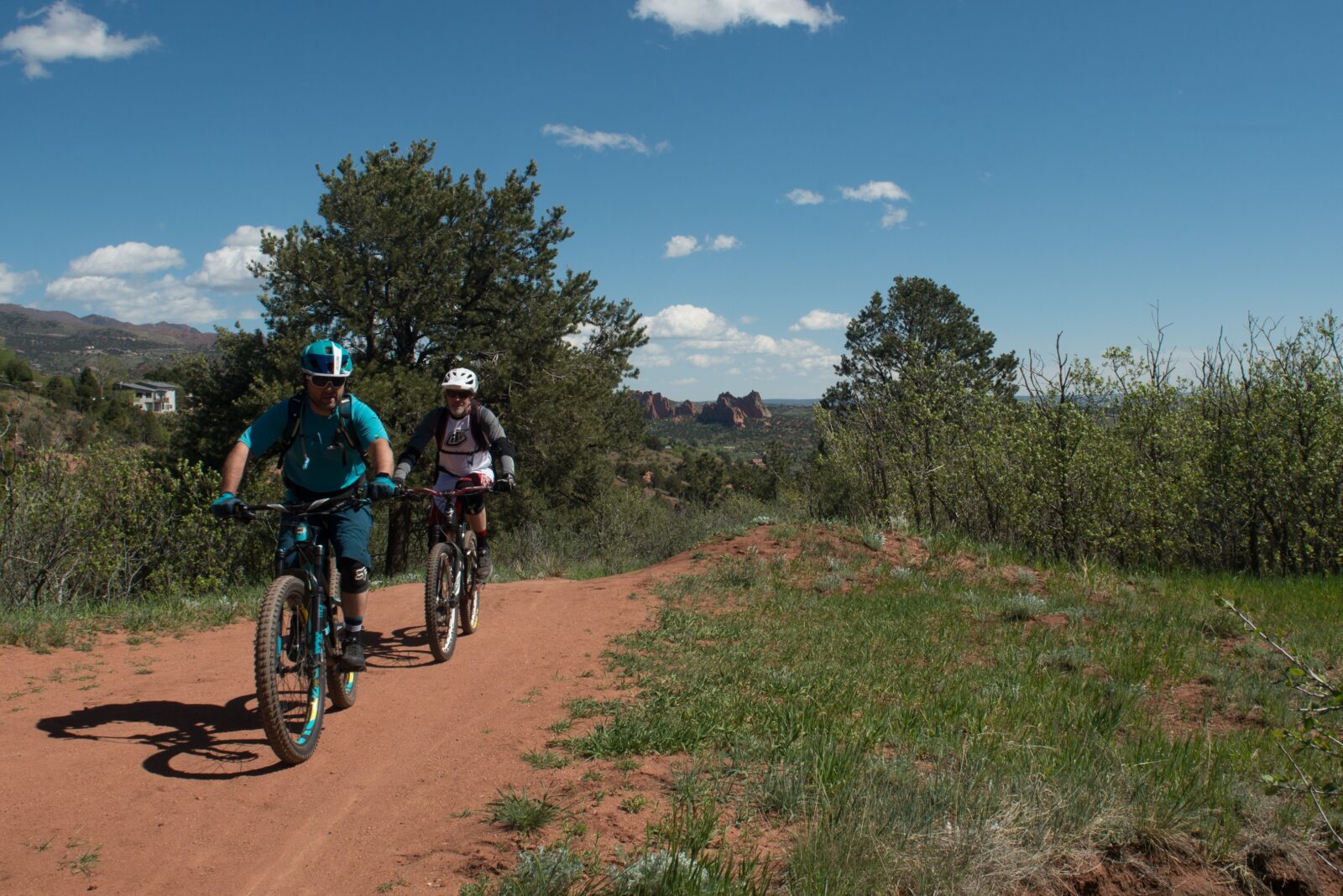Guide to Spring Hiking in Colorado
After a long, cold winter, lingering rays of afternoon sunshine feel heavenly on a spring day. While there may still be snow in the high peaks, springtime is one of the best times in Colorado to dig out the hiking boots and enjoy an adventure on some lower elevation trails. Plus, by spring break, we’re all jonesing for a little post-winter thaw. The weather may be finicky and mud will certainly be lingering, but you’ll be rewarded with quiet trailheads and the calm beauty of a blossoming spring. If you’re ready to hit the trails for spring break in Colorado, here are a few tips and tricks to set yourself up for success.
How to Hike in Colorado During the Spring
Spring hiking takes a little more thought than the heat of the summer. Here are some things to keep in mind before you head out.
Don’t get caught on a trail that is rough in spring
onX Backcountry has trail maps, elevation, real time weather data, and more to help you plan your spring hiking trips
Stick to Lower Elevations
While we’re definitely craving those midsummer peak bagging missions by the time April rolls around, while the snow still lingers it’s best to stick to hikes at lower elevations in the springtime. It’s a great season to explore hikes closer to the Front Range, like Mount Sanitas or Chautauqua Park before venturing into the higher peaks. Training on dry trails down low in the spring will help you head into summer with the legs for bigger days in the alpine.

Wear Layers
There’s a saying in Boulder: Don’t like the weather? Wait five minutes. Colorado is known for its temperamental weather, which can pivot in the blink of an eye and surprise you (even if you’ve meticulously checked the weather forecast). In the spring the temperatures often fluctuate too, with chilly mornings giving way to sunny and warm afternoons, so dialing in a layering system will give you options. It’s a good idea to throw an extra layer in your pack that you don’t plan to use, just in case of emergency.
Check Trail Conditions and Closures
Depending on what kind of winter the Rockies have, trail conditions will fluctuate, and won’t necessarily be the same each year. For instance, if you had no problem finding dry trails last April, that doesn’t necessarily mean that will be the case this year. Check out trail conditions by calling the local ranger station for whatever area you’re traveling to (you can use the onX Backcountry App to learn what kind of land you’re hiking on). If you’re headed to a more remote area, it’s worth checking if the trailhead has been plowed or the road has opened, since seasonal closures are sometimes in effect even after the snow has melted.
Pack for Sun and Snow
Oh, the dichotomies of spring. One minute you’re hiking on a wide open, sunny slope, the next you’re stepping over patches of snow in a cold, shaded forest. Be prepared with breathable layers, extra water, and sunscreen should you encounter warm temps, but also gloves and an extra jacket in case things shift. Aspect makes a big difference in the spring (more northerly slopes see less sun and southerly slopes see more), so it’s worth checking your map to see what aspect you’ll be hiking on to understand if you’ll see more sun or be cooling off in the shade.
Great Colorado Hiking Trails for Spring
Mount Sanitas
Right on the edge of town, Mount Sanitas is a steep but rewarding Boulder classic. The Sanitas area is a favorite among locals for pre or post-work miles, with a killer view from the summit. While the almost 1,300-foot 3.2-mile loop is a popular morning or evening adventure, you can link together over 20 miles of trail from the Sanitas Trailhead, so it’s easy to put together a longer adventure as well. A mix of steeper rocky steps towards the summit and gentle gravel towards the bottom makes this a nice little variety packed hike that’s often snow-free throughout the spring.

Sand Canyon
The Southwest Rockies are a great place to soak up some sun—a bit more off the beaten path, but a great destination for a spring break trip. Located in Canyons of the Ancients National Monument, the Sand Canyon and Rock Creek trail system in Cortez features a variety of loops and out-and-back trails in dry desert landscapes. Like any desert hiking, be sure to pack plenty of water since there’s often less shade on the trail and minimal access to water.
Start your trip at the Anasazi Heritage Center to learn about the national monument’s rich history and the Pueblo people that inhabited the area until the late 1200s. There are tons of Puebloan archeological sites along the 5.8-mile Sand Canyon trail, which you can shuttle or hike in both directions.

Red Rocks Trail
Set along the backdrop of the famed music venue, the 3.5-mile point to point Red Rocks Trail is accessible Front Range hiking at its finest. Choose between various loops and out-and-backs that span from quick 1-to-3–mile jaunts to longer all-day loops (the system has over 40 miles in the network including the trails in the Matthews/Winters Open Space). Enjoy a mix of smooth dirt and rocky singletrack as you weave your way along the hillside in Morrison.
Spring hiking is a great way to get outside, start to build fitness for summer objectives, and enjoy the beauty of a shifting season. Choosing trails carefully and packing for shifting weather takes a little extra preparation, but the reward is well worth it. Plus, by the time summer rolls around your legs will be ready to take on the high peaks.
Get outside earlier this year
With onX Backcountry you can feel confident in your spring hiking plans.